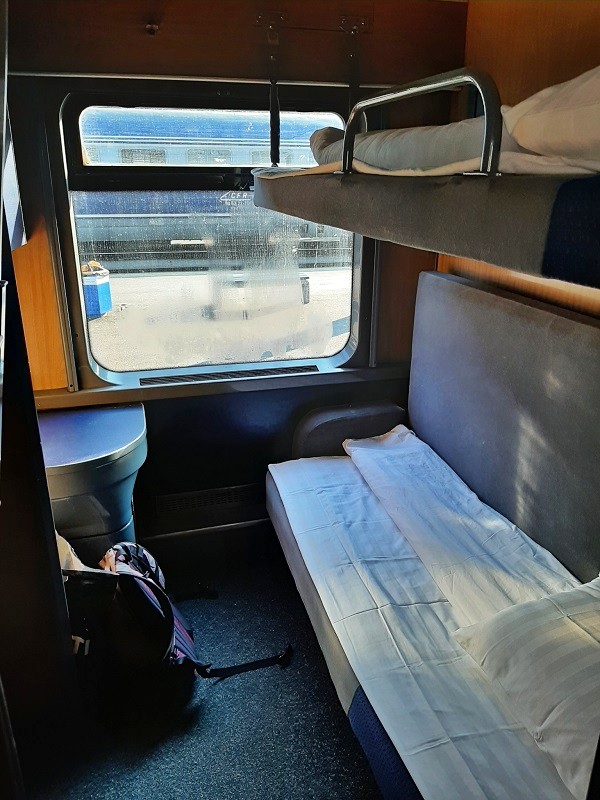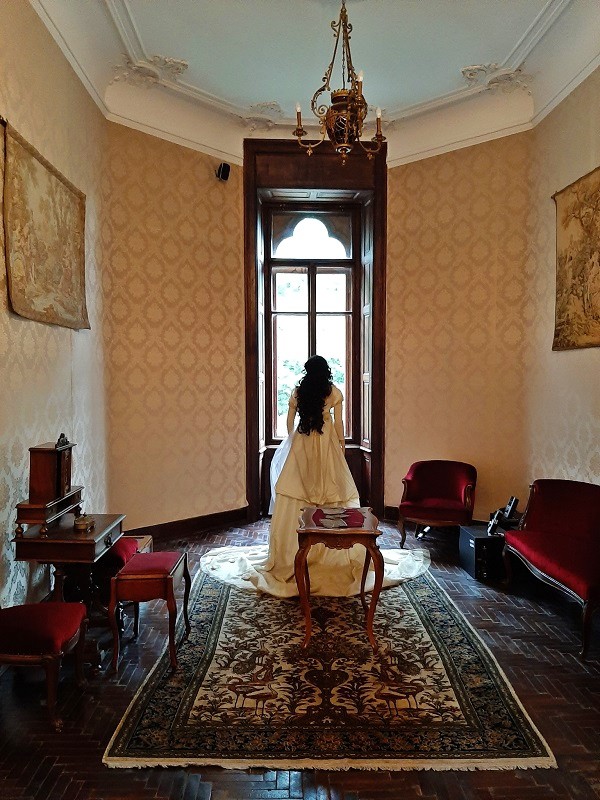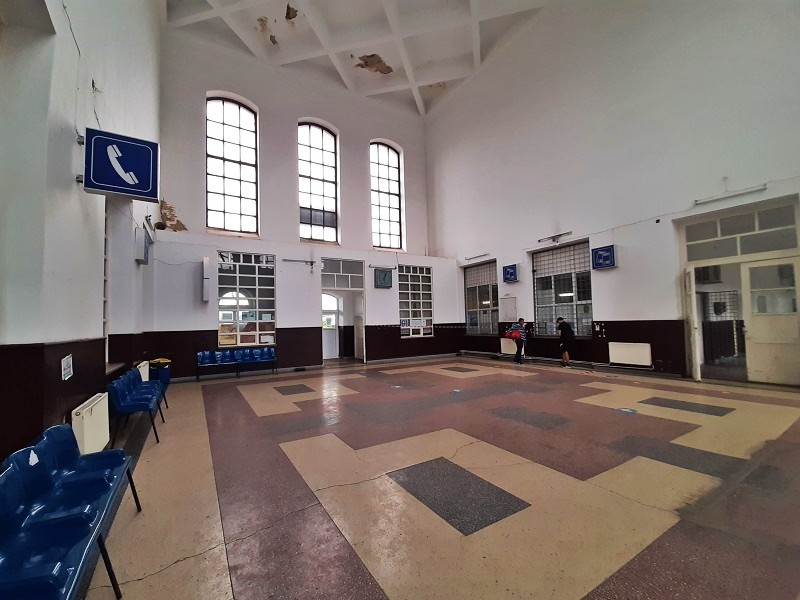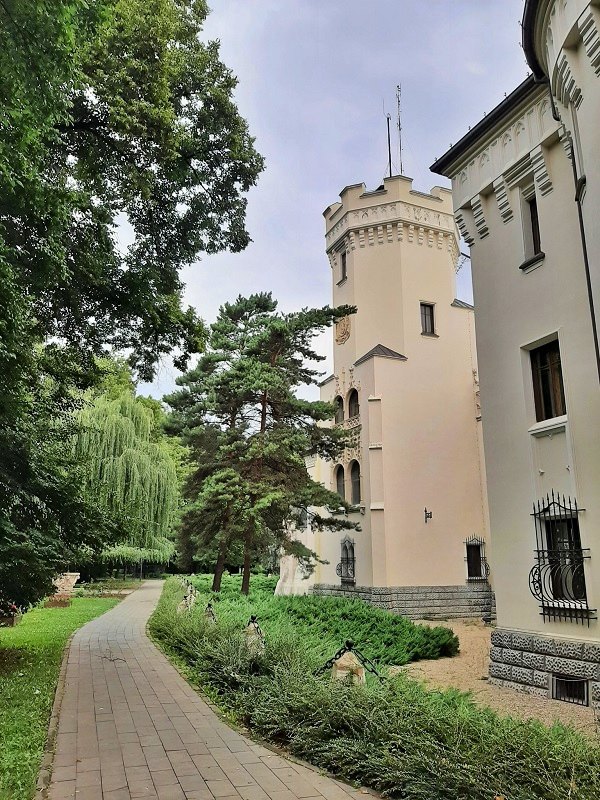A Visit to Carei and Károlyi Castle
This travel guide covers my visit to Carei (Nagykároly) and Károlyi Castle in Satu Mare county, north-western Romania.
A visit to Carei




Walking into town
Exploring the city
Passing by a statue of Romania’s national poet Mihai Eminescu, I arrived in the city centre of Carei.
Instead of heading straight to the city’s main sight, I decided to take a random walk around first, allowing myself to absorb more of the surroundings.
In and around the city centre of Carei you can find many examples of fine Belle Époque architecture, although a lot of buildings are sadly in a bit of a decayed state.








Castle park
In the heart of Carei you can find a large park centred around Károlyi Castle, the main sight of the city.
Before heading to the castle, I first wandered a bit around this pleasant park, which boasts several species of trees, plants, and flowers.




Károlyi Castle
In the heart of the park you can find Károlyi Castle, which is the most interesting sight to visit in Carei.
Inside Károlyi Castle
Károlyi Castle houses the municipal museum of Carei, which has a number of fairly interesting exhibitions.
It costs 20 lei (€4) to enter Károlyi Castle and to visit the main exhibition, while you need to pay an additional 10 lei (€2) if you want to visit the temporary exhibitions.
Children under the age of 7 can visit everything for free when accompanied by an adult.
As you enter the building, you will find yourself in the main hall of Károlyi Castle at the foot of a grand staircase.
Make sure you admire the fine Italian marble fireplaces, as its design elements such as the lions and helmets were inspired by the Károlyi family crest.










Exhibits




War monument
After my visit to Károlyi Castle, I continued my walk through the city centre of Carei.
Modern centre




Lunch
As I was getting hungry and wanted to shelter from the rain, I headed back the old part of the city centre in search of a place to eat.




Back to the railway station
After the tasty lunch, I slowly walked back to the railway station along some more beautiful Belle Époque buildings.
Carei’s railway station, built in the same typical style found at many other stations across the border in Hungary, dates back to the same era, and has sadly decayed quite a bit over time.
Nevertheless, it provided a charming spot to await the arrival of the train from Valea lui Mihai, on which I would travel for the final 36 kilometres towards its final stop at Satu Mare, the largest city in the region.








Conclusion
Carei, a small city in the county of Satu Mare in north-western Romania, makes for an interesting visit if you happen to be around in the area.
Even though Carei is not one of Romania’s top destinations, and I wouldn’t go out of my way just to visit it, the city has enough sights to keep you occupied for half a day.
The primary attraction in Carei is of course Károlyi Castle, which is built in a curious mix of Baroque and neo-Gothic styles and is home to the municipal museum.












